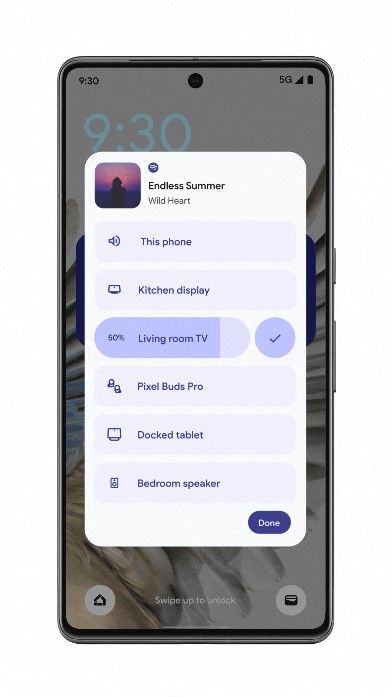New Android feature rollouts aren’t all that frequent, especially if you have a phone that’s not Samsung or Pixel, but there are occasional updates to get excited about. Sometimes it’s through “feature drops,” while other times Google might just choose to drop some stuff out of the blue. For this week’s Mobile World Congress event, Google has just decided to launch a boatload of new features, many of which are AI-related.
Google has just announced new features for Android phones, which are set to land on devices within the next few weeks and months. The term “feature drop” is not being used here, but it packs just as much stuff as feature drops typically offer. Many of these features have Google’s Gemini generative AI at their heart, letting you use it in more ways that a chatbot alone would allow you to. One change is the integration of Gemini into Google Messages, allowing you to interact with the AI assistant within the messaging app.
Android Auto also gets AI-powered message summarization and relevant reply suggestions to enhance safety while driving. By automatically summarizing long texts or busy group chats, you can stay connected without compromising your focus on the road. For people with visual impairments, Lookout on Android now offers AI-generated image captions, providing audio descriptions of photos, online images, and pictures included in messages.
There is also a number of non-AI features that are coming as part of this as well. For one, enhanced screen reader support for Lens in Maps allows you to point your phone’s camera at nearby places to receive audible information about ATMs, restaurants, transit stations, and more. Google Docs now also supports handwritten markups from Android devices, facilitating easier document review and feedback. You can add annotations using just your finger or stylus.
Additionally, Spotify subscribers can now switch media playback between devices through the Android output switcher. Wear OS watches now support Google Wallet passes, allowing you to access tickets, membership passes, and more from their wrists. Finally, but not least importantly, Wear OS introduces public transit directions on Google Maps, enabling you to navigate transportation routes conveniently from their smartwatches.
These updates will slowly start to appear on your device soon. You might see some of them land first than others, and you’ll probably see them first if you own either a Pixel phone or a Samsung phone running Android 14.
Source: Google


